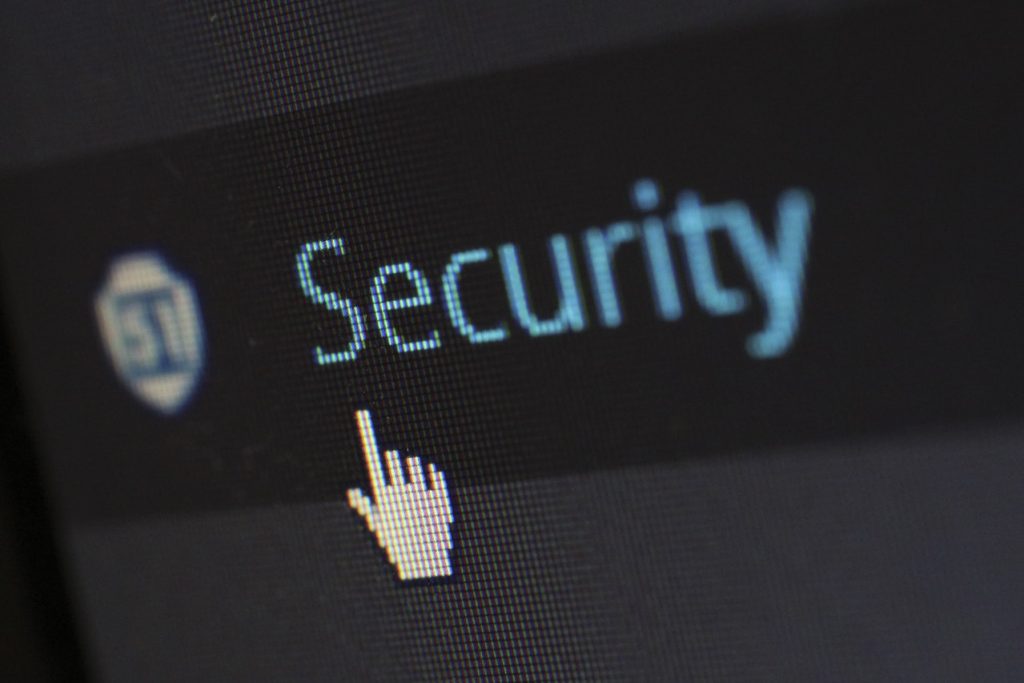When you run a website, it’s your job to provide your audience with a safe, secure environment that leaves them feeling safe and secure. Even a tiny data breach can have extremely major repercussions for businesses, such as lost revenue, reputational harm, or complaints.
Customers freely disclose their personal information, financial information, and credit card information to many firms, particularly online retailers.
Cyber assaults, which are common in the internet commercial sector, are the main reason for the security of the same. The RGPD mandates that online page administrators exercise vigilante duty. Businesses will implement additional security measures in addition to the standard security controls to safeguard their websites.
Open Systems Are Attractive To Hackers
Many service providers make the claim that you can easily make a website. And, to be really honest, these days you don’t need to have much programming experience to quickly make a nice web page.
There are many tools available on the market today for building blogs, stores, or news portals, but each of these content managers, eCommerce platforms, and forum software also poses a serious security risk. And it is that the term “open source” refers to the fact that hackers and other crooks may access the code as well as all other users.
Modular web design is an approach that enables you to easily develop a website without the need for a content management system. Using a tool that follows this concept, a web page may be created without having to worry about complicated technological settings.
This implies that the software vendor is also entrusted with some protective measures. The distinction is that in this instance, these activities are managed by professionals, allowing customers to devote themselves fully and worry-free to their projects.
5 Tips To Increase Web Security
It is handy for businesses to use various security measures to make it challenging for hackers. Here are five techniques you may use without investing a lot of time or money.
Pay Attention To The Technique’s Actuality
The internet community constantly creates new open source software, and it also has a propensity to find flaws and security vulnerabilities quickly and repair them even more quickly.

However, utilizing the community’s and the development team’s ability to respond only becomes viable when the system is kept up to date. With some plugins, updates may often be automatically in CMS.
Even if you developed your page without the use of a CMS, you should still verify the currentness of the versions on it. For example, PHP and MySQL should constantly be current to prevent hackers from any access points.
Recurring Backups
Hackers can do major harm to a system if they are able to access it despite the appropriate security measures being in place. They can do this by changing or deleting whole databases to erase all signs of their presence.
Therefore, it is advised to regularly backup any vital data as it is occasionally possible to overwrite specially prepared data files with a typical update. Consequently, it’s crucial to periodically backup all data.
Continue To Learn
It is vital to educate yourself on the most recent threats and security holes if you wish to shield your website from attacks by hackers and other cybercriminals. The neighborhood serves as a fantastic starting point.
You can find a lot of information regarding internet safety in most forums. In them, these hazards are frequently discovered for the first time, discussed, and, in the best situations, instantly removed.
HTTPS And SSL Certificate
While SSL helps secure the flow of sensitive data, such data exchange between server and client is done in encrypted form. Hackers are unable to access or seize the sent data because of this.
This certificate may be acquired from several websites, is bundled with many web hosting plans from different providers, or can be purchased for a higher price.
Another advantage is that the HTTPS transmission protocol and the browser’s padlock symbol, both of which instill trust in the potential consumer, enable the visitor to recognize the security certificate of the website.
Create A Secure Password
Using safe access information should be straightforward, but the reality is very different: statistically, and despite how absurd it may appear, the most used password is still “123456.” Many users even continue to use identities that the system suggests, such as “Admin” or “Administrator.”

These make them an easy target for hackers if they are coupled with weak passwords. It is not advised to choose names that are overly basic or apparent for either usernames or passwords. A secure key needs to be a specific length and must be made up of a random string of characters.
You might want to think about using a password manager unless you want to continually protect a hard copy list of all your passwords. You can keep track of, manage, and securely save all of your login information for every online account with its assistance. Additionally, they come in useful for automatically completing forms and synchronizing data between Windows and Mac computers, iPhones, iPads, Android phones, and other devices.
Make Hackers Stand No Chance
Web page managers must routinely review their security in order to stop hackers from carrying out their attacks. The initial action is to continuously monitor it. Cybercriminals are constantly developing new exploits and vulnerabilities.
Making the necessary modifications thereby lowers the possibility of unauthorized users accessing confidential material. It could also be a good idea to ask computer specialists for guidance on the best security precautions. Finally, it is critical to distribute information among the team you are working with because inexperienced individuals might be a safety risk.

